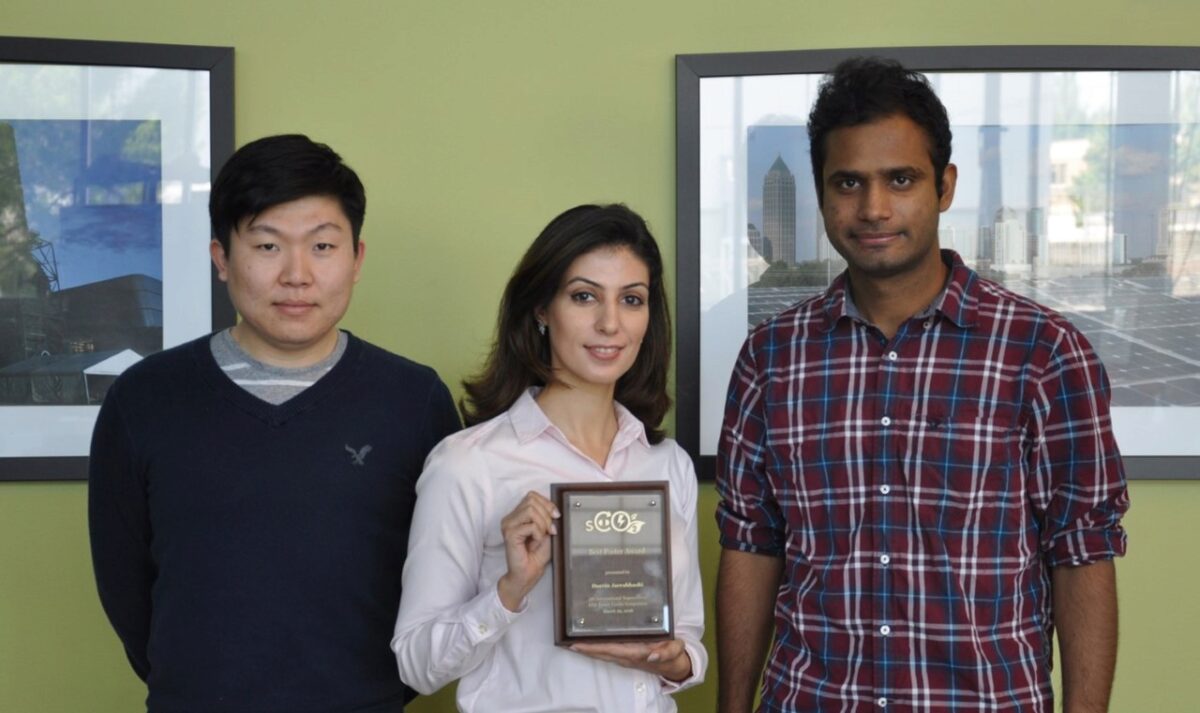
Power cycles for a variety of heat sources, including nuclear and solar energy, can benefit from supercritical carbon dioxide as a working fluid offering higher plant efficiency and a more compact footprint as compared to conventional steam cycles. Supercritical carbon dioxide power conversion technology offers a number of benefits over competing cycles such as size reduction of turbomachinery, increased efficiency, reduction of greenhouse gases, and reduced capital cost.
Designing optimal compressor inlet conditions in these cycles is critical. Possible pressure reductions may cause nucleation resulting in supercritical carbon dioxide turning into a two-phase mixture of condensate droplets and bubbles. These droplets have a serious impact on turbomachinery with respect to operation and the materials used in designing flow systems.
